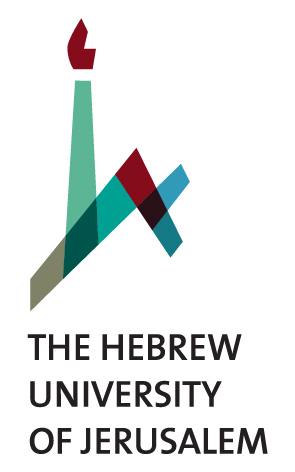Death, grief and funerary practices are central to any analysis of social, anthropological, artistic and religious worlds. However, cemeteries - the key conceptual and physical site for death - have rarely been the focus of archaeological research. 'Prioritizing Death and Society' examines the structure, organisation and significance of cemeteries in the Southern Levant, one of the key areas for both migration and settlement in both prehistory and antiquity. Spanning 6,000 years, from the Chalcolithic to the present day, 'Prioritizing Death and Society' presents new research to analyse the formation and regional variation in cemeteries. By examining both ancient and present-day - nationally Jewish - cemeteries, the study reveals the commonalities and differences in the ways in which death has been and continues to be ritualised, memorialised and understood.
“A much-needed analysis of the rich dataset for Chalcolithic burials. Comparative analysis of more recent cemeteries highlights aspects of Chalcolithic activity that might otherwise have escaped comment. Nativ has made an important contribution: it deserves a wide audience.”
– Graham Philip, University of Durham
“Elegantly illustrates the power of the comparative approach and the methods of archaeology to generate new insights into human societies of the past and present. It is essential reading for all archaeologists.”
– Katina T. Lillios, University of Iowa, USA
“In this disciplined, boundary-transgressing study, Nativ offers archaeologists a profoundly thoughtful gift, showing how material discourses and negotiations surrounding death reveal deep truths about the societies that produced them.” – Raphael Greenberg, Tel Aviv University, Israel





